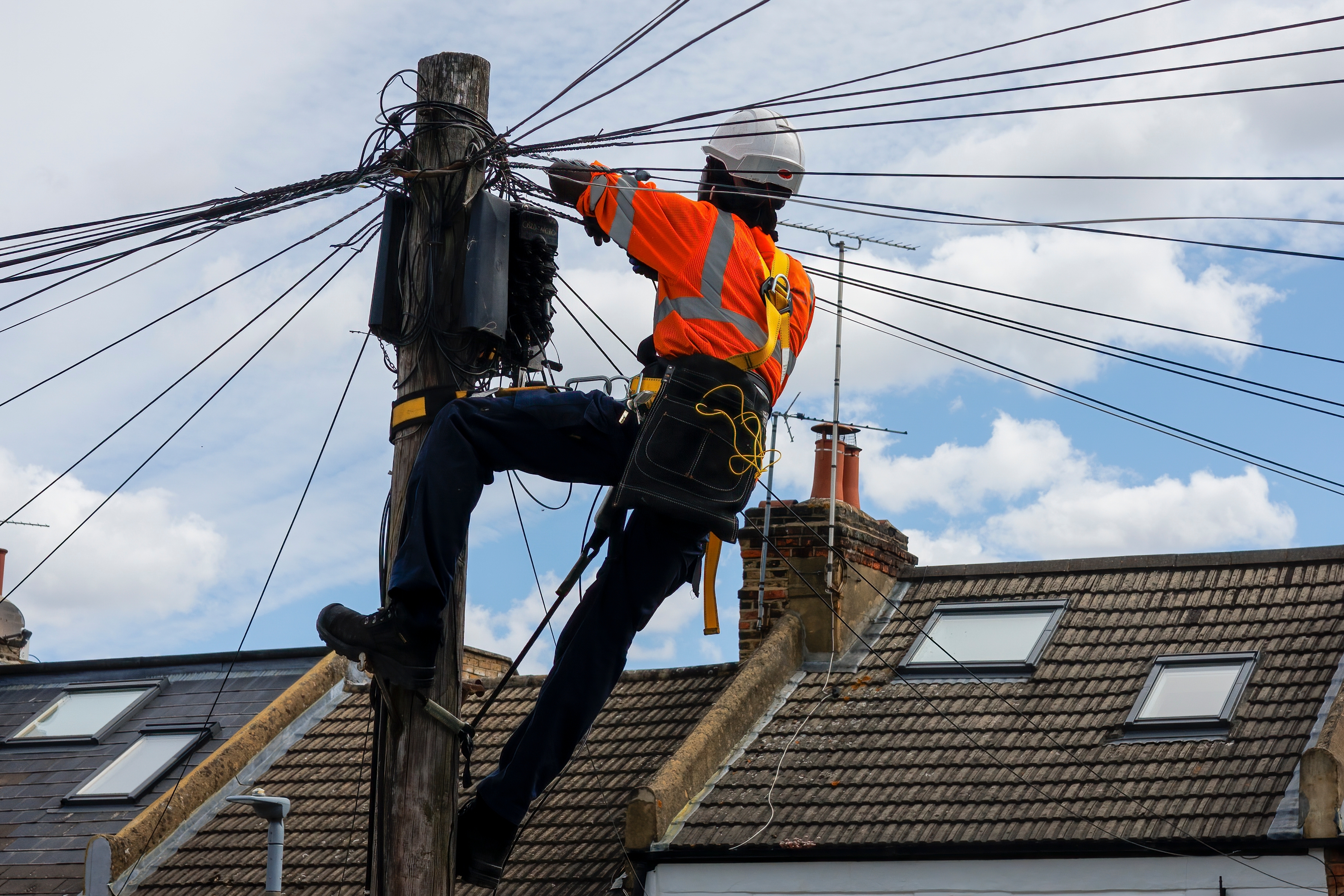 Editor’s Note: As we say good-bye to 2014, we look back at some of our most shared blogs of the year. We covered a wide range of network infrastructure topics and we hope you enjoy revisiting some of these popular posts. This blog first appeared on Oct. 15, 2014.
Editor’s Note: As we say good-bye to 2014, we look back at some of our most shared blogs of the year. We covered a wide range of network infrastructure topics and we hope you enjoy revisiting some of these popular posts. This blog first appeared on Oct. 15, 2014.
It is almost ironic. While we see more and more data connections go wireless, the setup of a wireless network itself still requires a cable and a laptop. When wireless networks like UMTS (Universal Mobile Telecommunications System) or LTE (Long-Term Evolution) get extended for more capacity and better performance, new base station antennas are installed. Inside of these antennas are motors allowing remote electrical tilt (RET) to optimize the beams of these antennas to reduce interference and to provide the best possible service quality and performance. The speed that we experience when we watch a movie on our smartphones can depend heavily on the beam tilt setting of the antenna.
To initially setup, optimize or (if needed) troubleshoot the beam tilting system, installation crews go to a site, connect a portable RET controller to the antenna and connect a laptop with a cable to the controller. The laptop needs to be powered by AC power cables. Sunshine makes it often difficult to read the laptop screen, and it requires crews to stand next to the laptop regardless of any other environmental impact. In our wireless time, this sounds like way too many cables and laptops especially for environments like cell sites with potential bad weather exposure. Crews must create close-out packages to describe the work they have done; however, these can differ in design and style especially from crew to crew.
Let’s elevate this more than 10-year old process to the time of LTE. What do we see then? We see the laptop disappearing and the power cord being unnecessary. Instead we see a smartphone setting up and controlling the beam over a local and secure wireless connection. Since this is being done wirelessly, the person doing this is mobile and able to move to a location that protects him/her from the elements like a shelter or truck close to the site. We also do not want to depend on AC power cables supplying power to a controller or laptop.
The CommScope RET Master diagnostic controller does all of these things. Instead of bringing power cables, laptops and more cables to the site, just bring the battery-powered RET Master and an iPhone. A free RET Master app is available for iPhones. The smartphone connects via WiFi to the RET Master, and the RET Master app enables controlling, setting up and diagnosing RET systems with guided wizards in an easy and quick way. Crews can control the system from between 50 and 100 meters away from the controller and can actually take the RET Master up on a tower and control it from the bottom.
Additionally, standardized close-out packages can easily be generated and emailed so that operators have the same format of close-out packages for each site. The RET Master also includes diagnostic functionality to help troubleshoot a RET system, if needed, helping crews finish their work much faster.
As far as I know, the RET Master app is the first CommScope app offered as part of a commercially available product. CommScope has elevated RET to the next level and defines the RET Master as the new standard of portable RET control.
Want to learn more? Check out this product bulletin or leave me a comment with your question.






